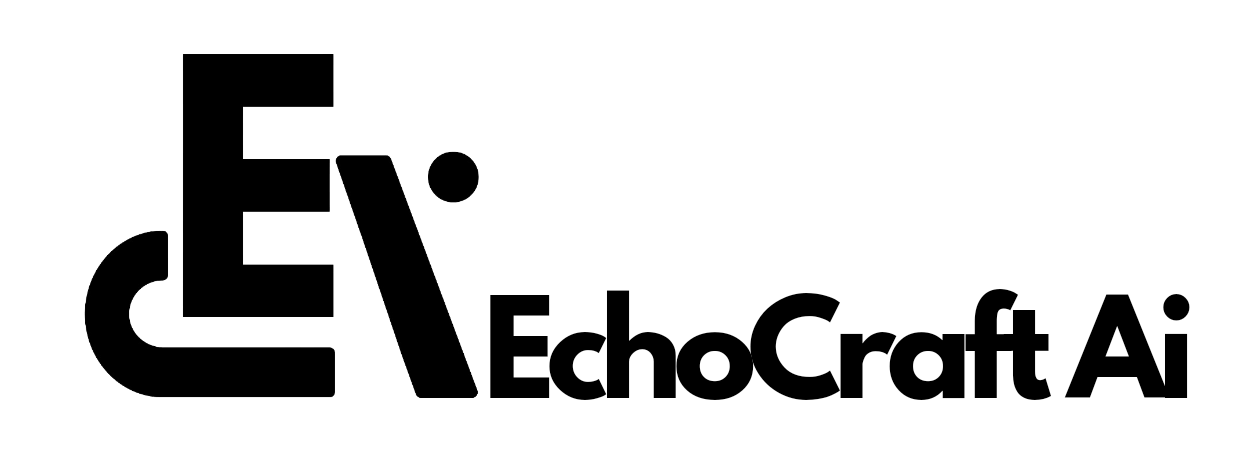Google has launched an experimental tool called Opal, designed to help users create simple web applications using only natural language prompts.
Highlights
- Prompt-First Development: Users create apps by simply describing them in natural language—no coding or setup required.
- Visual Workflow Editor: Opal turns user prompts into modular app stages (input, model processing, output), all of which are editable via an intuitive UI.
- Collaborative by Design: Apps can be shared via public links, with anyone (with a Google account) able to interact, test, or remix them.
- Template Gallery: Includes pre-built apps for quick starting points and remixing—similar to Canva or Figma’s collaborative templates.
- Targeted at Non-Developers: Unlike Google AI Studio, Opal is designed for students, creators, and hobbyists who want to prototype or explore ideas quickly.
- Part of Google Labs: Available in the U.S. via Google Labs, alongside other experimental tools like Notebook LM and Flow.
- Modular UI Philosophy: Each part of the app’s logic is visible and tweakable—offering both simplicity for beginners and flexibility for tinkerers.
- No-Code Meets AI: Joins the growing ecosystem of AI-enhanced no-code tools like Replit, Cursor, and Canva Magic Studio—with an emphasis on conversational workflows.
- Use Cases: Ideal for quick app prototypes, productivity tools, AI demos, or hobby projects—without requiring technical knowledge.
Currently available through Google Labs in the U.S., Opal is part of a broader industry trend to simplify software development and make it more accessible to people without technical backgrounds.
Unlike conventional app development environments, Opal introduces a prompt-first interface. Users simply describe the functionality they want, and the tool—powered by Google’s AI models—automatically generates a basic web app.
This approach lowers the barrier to entry, enabling faster prototyping for those unfamiliar with code.
Prompt-Driven Development with Visual Editing
Once an app is generated, users are taken to a visual workflow editor. This editor displays the app’s logic as a series of modular stages—such as input, model processing, and output.
Each stage is editable, allowing users to inspect or revise the underlying prompts. New steps can also be added through a simple toolbar interface, offering flexibility for light iteration and refinement.
Collaborative Features and Template Gallery
Opal supports a sharing-first model. Users can publish their apps and distribute them via public links, allowing anyone with a Google account to interact with or test the application in real time.
The tool also includes a starter gallery featuring remixable app templates. These templates serve as quick starting points for users who want to personalize existing workflows rather than building from scratch.
This setup aligns with the collaborative ethos seen in other creative platforms such as Figma, Canva, and Replit.
Launch & Strategy
Opal is currently available as a public beta through Google Labs for U.S.-based users only. Unlike developer-focused tools such as Google AI Studio, Opal is targeted at hobbyists, students, creatives, and others interested in building applications through plain language prompts.
Workflow & UI Design
Opal interprets user prompts into multi-step workflows, abstracting the coding layer behind a visual interface. Each functional step is represented visually and can be tweaked individually. Users have the ability to view, edit, or extend the logic of their applications using simple controls.
Gallery & Sharing Capabilities
Users can explore and build from a set of pre-made apps that serve as inspiration or immediate-use tools. Finished apps can be published via URL, allowing others to access, run, or further customize them using their own Google accounts.
Competitive Landscape
Opal positions Google within the emerging “vibe coding” and no-code ecosystem, alongside tools like Cursor, Canva’s Magic Studio, Replit, and Figma’s AI features.
While tools like Amazon’s Kiro rely on upfront specifications, Opal emphasizes a more conversational and iterative development process.
Opal is aimed at quickly bringing concepts to life—ideal for building proof-of-concept apps, custom productivity tools, or testing AI-powered ideas.


